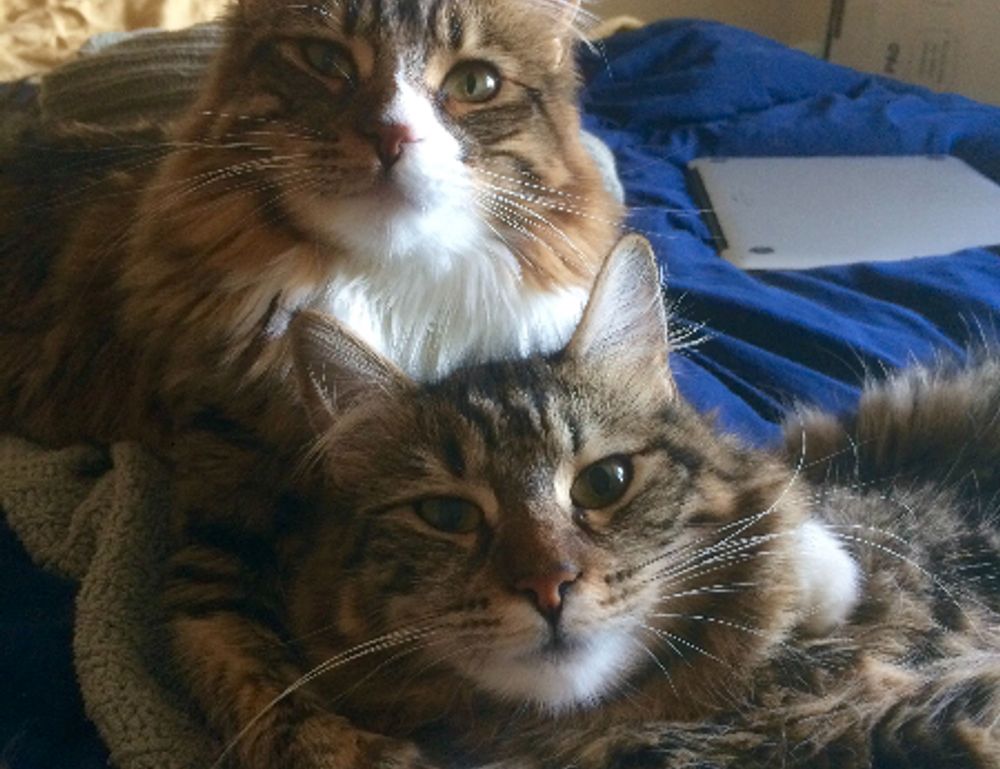What Is InnerLifthunt?
InnerLifthunt is a cerebral exploration game that thrives on atmosphere and subtle storytelling. It’s not actionpacked. It’s not bursting with explosions. Instead, it pulls you inward — both in gameplay and emotional resonance.
You play a solitary figure navigating abstract, dreamlike environments. The controls are sparse. The mechanics are lean. But the emotional weight? Significant. The game explores themes like isolation, memory, and personal growth without feeding players everything on a platter. If you’re into narrative puzzles layered with mood, this one’s up your alley.
The Developers Behind the Vision
InnerLifthunt wasn’t churned out by a massive studio. This is a product of an indie team that values intention over spectacle. The developers, a small international collective, focused on polish and mood over fancy textures or loud storytelling.
Instead of filler content, they delivered a tight experience. Every element — from the muted audio palette to the sparse dialogue — was designed with care.
Minimal UI. No map. No score. Just discovery.
This design strategy clearly resonated with the niche it was targeting.
Artistic Direction and Sound
A lot of games try to impress with raw graphics. InnerLifthunt doesn’t push polygons — it plays with feeling. Its art leans hard into abstraction, pulling inspiration from expressionism and vaporwave palettes. Colors shift in and out depending on emotional cues rather than logic, making each level feel like a thought more than a setting.
And the sound design? A ghostlike mix of ambient noise, whispers, and soft instrumental layers. It won’t startle you — it lingers with you.
Gameplay Loop and Mechanics
At its core, InnerLifthunt is about exploration and reflection. Game mechanics involve light puzzles, environmental traversal, and decision branches that affect tone rather than outcome. It’s not about slapyouintheface action sequences. There’s no boss fight waiting at the end. Only you, the environment, and how you interpret it.
Lengthwise, you can finish the game in 46 hours. But it invites replays. Different choices, different tones. It’s all about introspection.
Player Reception
The audience response has been nuanced. InnerLifthunt didn’t break sales records, but it captivated those who took the risk.
Gamers who filled comment threads were either deeply moved or, frankly, confused. It wasn’t for everyone. And that’s okay.
On platforms like Steam, reviews use words like “meditative,” “surprising,” and “quietly powerful.” Critics noted the boldness in design choices. Zero handholding, all experience.
It’s a game that trusts the player to pay attention — not just to textures or mechanics, but to emotion.
When Was the Game Innerlifthunt Released
So, when was the game innerlifthunt released? The game saw its official release on June 14, 2023. It debuted on PC via Steam and itch.io, later dropping console ports for PlayStation and Switch in October the same year.
Its release timing was strategic. June’s usually a calmer month between AAA storms, and InnerLifthunt used that moment to sneak into attention spans that weren’t already flooded.
Social media buzzed in small circles. A few Let’s Players with niche audiences picked it up. From there, wordofmouth did the rest.
Legacy and Where It Stands Now
A year later, InnerLifthunt has built a loyal, if quiet, fanbase. There’s a subreddit with reflective theory threads. Fan art has its corner on digital platforms. And game dev forums often cite its design as an example of doing more with less.
It might not become a cultural juggernaut, but its mark matters. It pushed the needle forward for contemplative gaming.
Students in game design programs have dissected levels from InnerLifthunt. Some indie games now adopt similar modulated soundtrack approaches or decision trees driven not by consequences, but by mood.
That’s evolution. Quiet, effective, and permanent.
Final Word
So if you’re still wondering when was the game innerlifthunt released, remember the backdrop: June 14, 2023. A title born in the calm before a gaming storm. It didn’t need fireworks. It lit a quieter kind of spark.
Play it if you’ve got patience, headphones, and space to think. Not every game needs to shout. Some just need to be heard.
